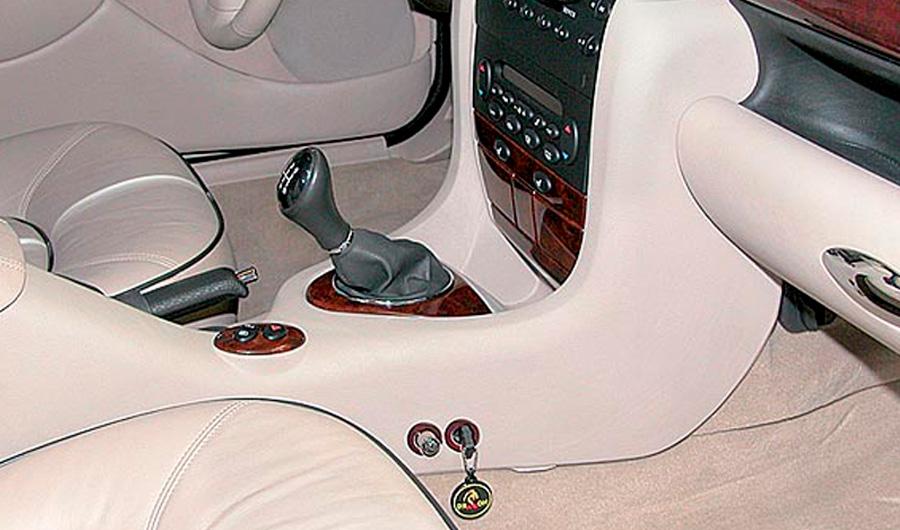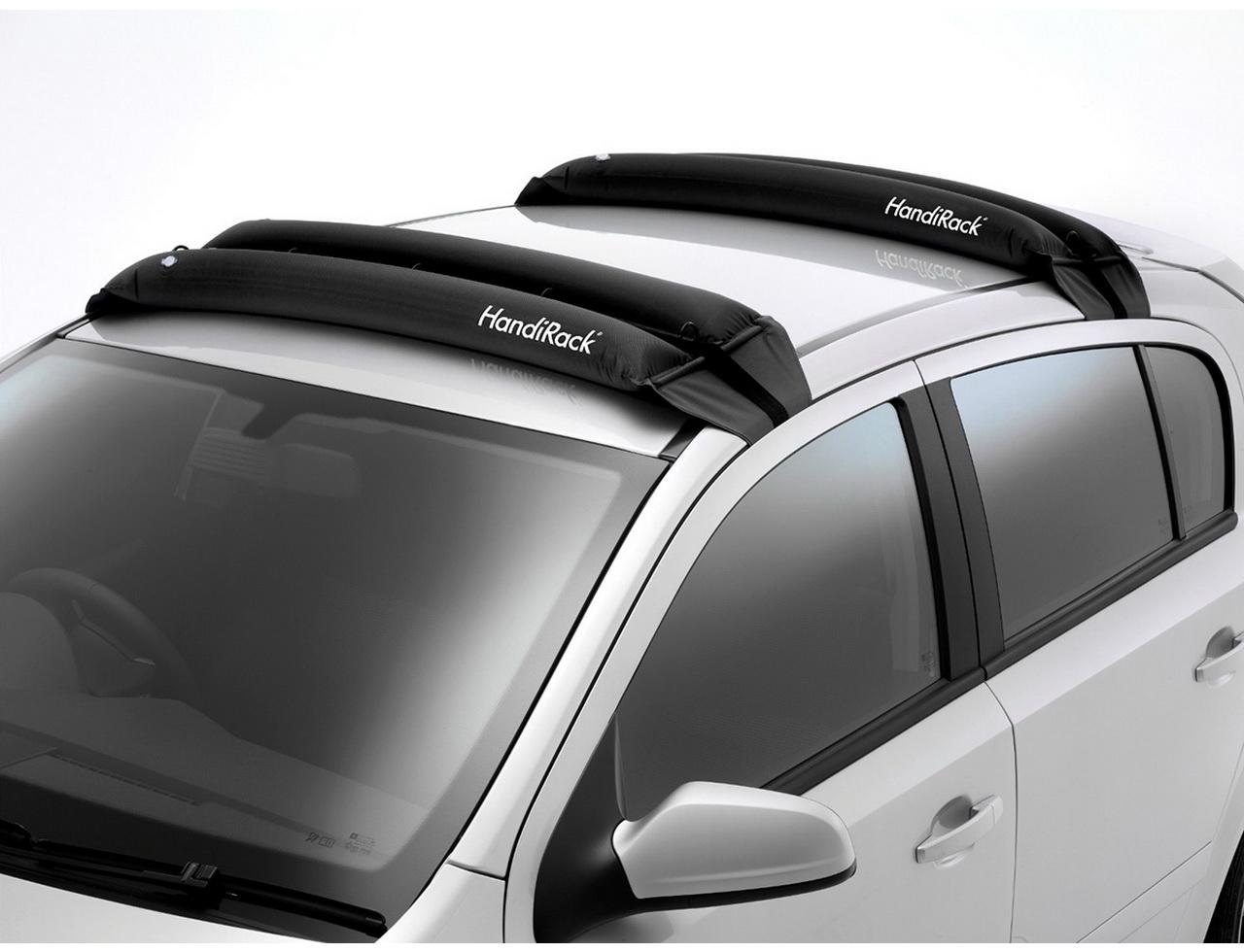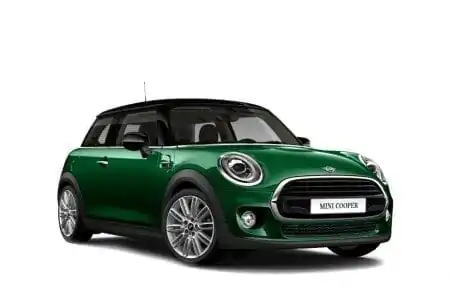
Mechanics evaluated systems in cars. What do they recommend?
Content
 Car manufacturers compete in solutions designed to make life easier for drivers and improve driving safety. Experts from the ProfiAuto Serwis network have reviewed several of these systems and evaluated their usefulness.
Car manufacturers compete in solutions designed to make life easier for drivers and improve driving safety. Experts from the ProfiAuto Serwis network have reviewed several of these systems and evaluated their usefulness.
ESP (Electronic Stability Program) - electronic stabilization system. Its main purpose is to keep the car on the right track during a sudden evasive maneuver. If the sensors detect that the vehicle is skidding, the system brakes one or more wheels on its own to maintain the correct trajectory. In addition, based on data from the ESP sensors, it can suppress engine power during such a maneuver. This solution uses, among other things, from the ABS and ASR systems, but also has its own sensors for centrifugal forces, vehicle rotation around its axis and steering wheel angle.
— ESP is one of the most important security systems. Therefore, from 2014, every new car must be equipped with a stabilization system. In everyday driving, it is unlikely to work, but at the time of spontaneous maneuver around an obstacle or cornering too quickly, it can help to avoid unpleasant situations on the road. Based on the data collected from the sensors, the system analyzes which course the driver will follow. If a deviation is detected, it will return the car to the desired track. Drivers should also keep in mind that cars with ESP should not be allowed to add gas when skidding, says Adam Lenort, ProfiAuto expert.
Lane Departure Warning System
As with ESP, this solution may be called differently depending on the manufacturer (for example, Lane Assist, AFIL), but its principle of operation is the same. The system warns the driver about an unplanned change in the current lane. This is thanks to cameras that monitor the correct direction of movement relative to the lanes drawn on the road. If the driver matches the line without first turning on the turn signal, the on-board computer will send a warning in the form of a sound, a message on the screen, or a vibration of the steering wheel. This solution was mainly used in limousines and high-end cars. For some time now, they are also increasingly found as optional equipment even in compact cars.
See also: Lightning ride. How does it work in practice?
- The idea itself is not bad, and the sound signal can save the driver from an accident, for example, when he falls asleep at the wheel. In Poland, efficient operation can be hindered by poor road markings. The lanes on our roads are very often old and poorly visible, and if you add numerous repairs and temporary lanes, it may turn out that the system will be completely useless or even annoy the driver with constant notifications. Fortunately, it can be adapted to your own needs or completely turned off, - the ProfiAuto expert comments.
Blind Spot Warning
This sensor, like the seat belt sensor, is based on cameras or radars that monitor the vehicle's surroundings. In this case, they are placed in the rear bumper or in the side mirrors and should inform the driver, for example, about another car that is in the so-called. blind spot, i.e. in the invisible zone in the mirror. This solution was first introduced by Volvo, a leader in driving safety solutions. Several other manufacturers have also chosen this system, but it is still not common.
Each camera-based system is an additional cost that often puts drivers off, so it is most often offered as an optional extra. The system is not essential for safe driving, but makes overtaking much easier and helps avoid dangerous situations. ProfiAuto experts recommend it to drivers who travel a lot, especially on two-lane roads.
Night vision in the car
This is one of the solutions that first worked for the military, and then became available for everyday use. For almost 20 years, car manufacturers have been trying, with better or worse results, to put night vision devices into practice. The first car with a night vision system was the 2000 Cadillac DeVille. Over time, this system began to appear in cars of brands such as Toyota, Lexus, Honda, Mercedes, Audi and BMW. Today it is an option for premium and mid-range vehicles.
- Cameras with a night vision system allow the driver to see obstacles from a distance of several tens or even hundreds of meters. This is especially useful outside of built-up areas where lighting is minimal or non-existent. However, two issues are problematic. Firstly, this is the price, because such a solution costs from several to several thousand zlotys. Secondly, it is the concentration and safety associated with looking at the road. To see the image from the night vision camera, you need to look at the display screen. True, when using navigation or other systems, we do the same, but this is undoubtedly an additional factor that prevents the driver from concentrating on the road, adds Adam Lenort.
Driver fatigue monitoring system
As with the seat belt, the Driver Alert system may have different names depending on the manufacturer (for example, Driver Alert or Attention Assist). It works on the basis of continuous analysis of the driving style and behavior of the driver, for example, maintaining the direction of travel or the smoothness of steering movements. This data is analyzed in real time, and if there are signs of driver fatigue, the system sends light and sound signals. These are solutions that can be found mainly in premium cars, but manufacturers are trying to include them in mid-range cars as an option for additional equipment. The system, of course, is not only an expensive gadget, but it will also be especially useful for drivers going on long night trips.
Some systems are more functional than others. ABS and EBD can be considered essential. Luckily, both have been standard on the car for some time now. The choice of the rest should depend on the individual needs of the driver. Before buying, it is worth considering whether the solution will work in the conditions in which we travel. Some of them will become mandatory equipment in two years, as already adopted EU regulations require it.
See also: Forgot this rule? You can pay PLN 500

